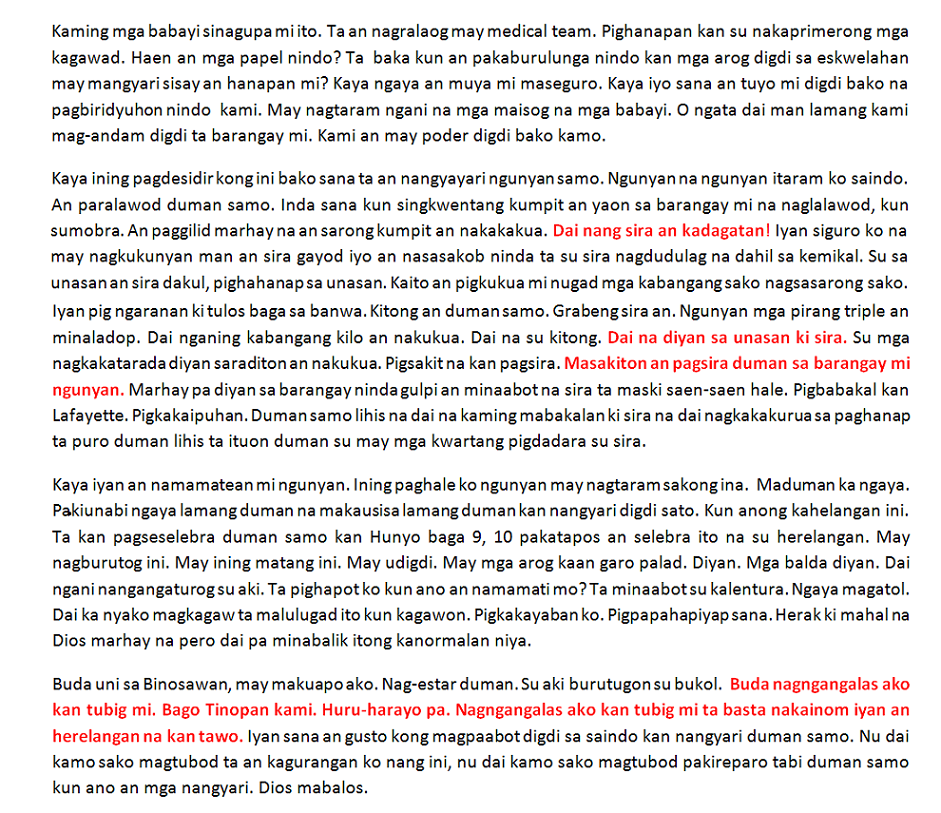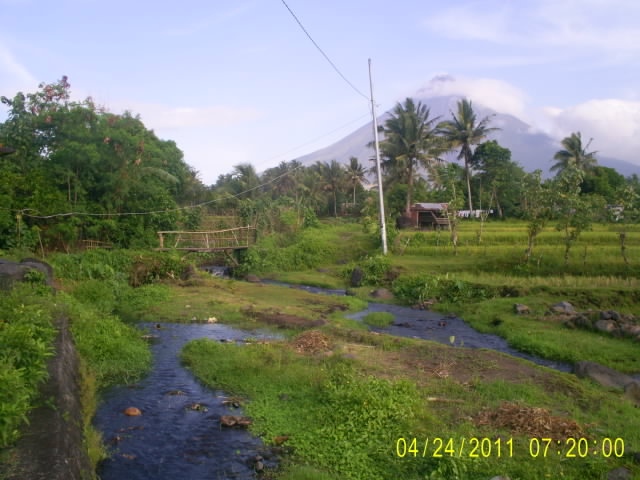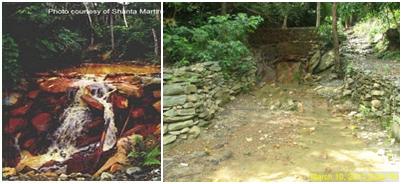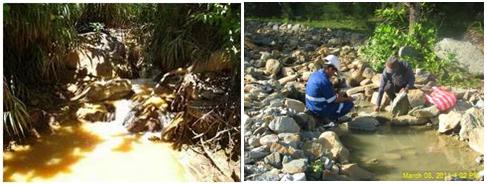
NATURE FOR LIFE
By Anabelle E. Plantilla
The Manila Times
Sunday, February 03, 2008
THE following is the statement of the Most Reverend Bishop Arturo Bastes of Sorsogon who is also the former chair of the Rapu-Rapu Fact-finding Commission. He writes, “January 29th marked the 20th anniversary of the CBCP Pastoral on Ecology that came to be more popularly known as the Letter that asked: What is happening to our beautiful land? In answer to that question, the Bishops of this country said:
“… Our country is in peril. All the living systems on land and in the seas around us are being ruthlessly exploited. The damage to date is extensive and, sad to say, is often irreversible. We ask the government not to pursue short-term economic gains at the expense of long-term ecological damage. We suggest that the Government promote an awareness of the fragility and limited carrying capacity of our islands’ eco-systems and advocate measures designed to support ecologically sustainable development.”
That was twenty years ago. Less than three years ago, President Arroyo appointed me to head the Rapu-Rapu Fact Finding Commission. It was unusual for the President to appoint a bishop to head an official commission, and probably just as unusual for a bishop to accept the appointment—which only underscored how both state and Church were going out on a limb to resolve creatively what need not be contradictory, namely economic progress and environmental health and preservation. It also augured well for the cooperation we desired between us who are primarily mandated to care for the “soul” and those who are primarily mandated to care for the “body”—if indeed such a dichotomy is possible at all in the one and same human person we both aim to serve—the Filipino people.
The Rapu-Rapu mining project had met with fierce resistance from local communities since its inception, with concerns centred on:
• Inadequacy of environmental and social impact assessment process;
• Exposure to typhoons, as the island was in the centre of the typhoon belt and heavy-rain area;
• Serious toxic spills in the past and related findings of negligence and breaches of basic industry practices;
• Unresolved community impacts and questionable social acceptability as reflected in widespread opposition to the mine;
• Direct and long-term environmental impact of the mine, in an island of steep slopes, through Acid Rock Drainage, toxic discharges, long-term solidity of tailing dam design, direct impact on island and aquatic biodiversity;
• Effect on emerging ecotourism industry based on whale shark watching; and
• Undue pressure on local government structures and citizens’ rights.
Following the report of my Commission to the President, which addressed the above concerns, the Department of Environment and Natural Resources said that they agreed with the major points and enumerated them thus:
1. The two tailing spills that occurred at
3.
4. DENR itself was a failure in monitoring
With regard to the long-term environmental risks, beyond the spills, the DENR also agreed with our Commission that: “Two major issues concerning the implementation of the Project remained pending: the integrity of the tailings dam structure and the Acid Mine Drainage, or AMD, problem.” And the DENR explicitly said: “On the AMD problem,
The government through the DENR should just have followed the rule of law rather than the culture of privilege and impunity. In accordance with the spirit and letter of the law, the DENR should have cancelled the ECC of a recidivist firm and, if allowed to re-apply, let it undertake the drawing up of an Environmental Impact Statement (EIS) and propose an Environmental Management System (EMS), as the law requires, and then let an awakened citizenry watch a reformed DENR do its job. That is what our Commission logically recommended which the DENR so illogically ignored—even as we argued from and agreed on the same major and minor premises.
































































































































No comments:
Post a Comment